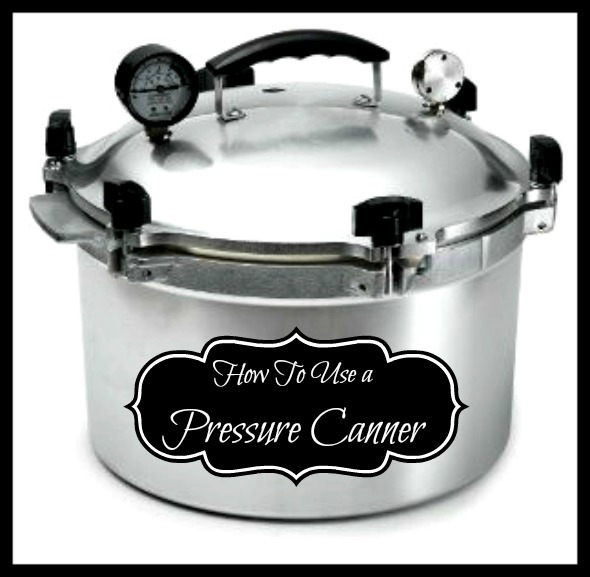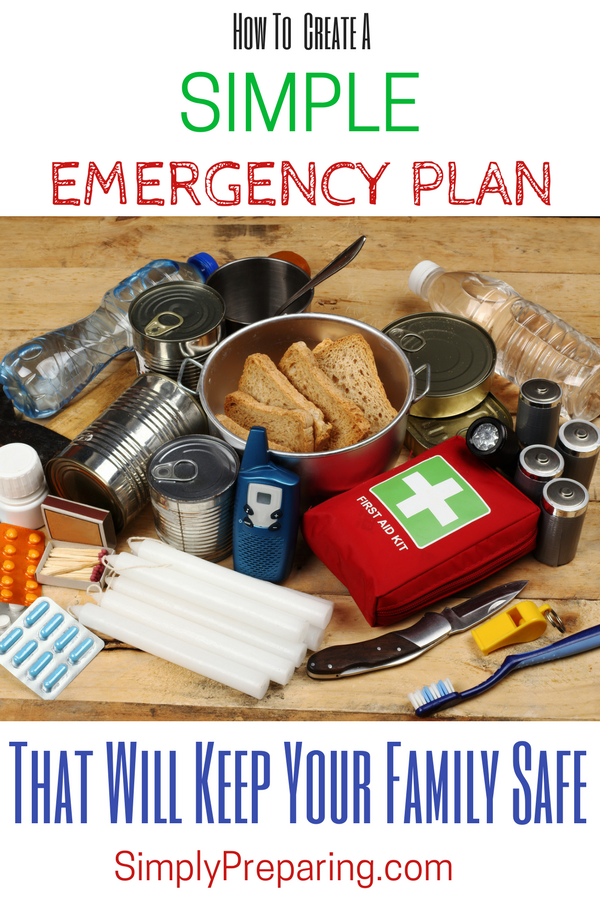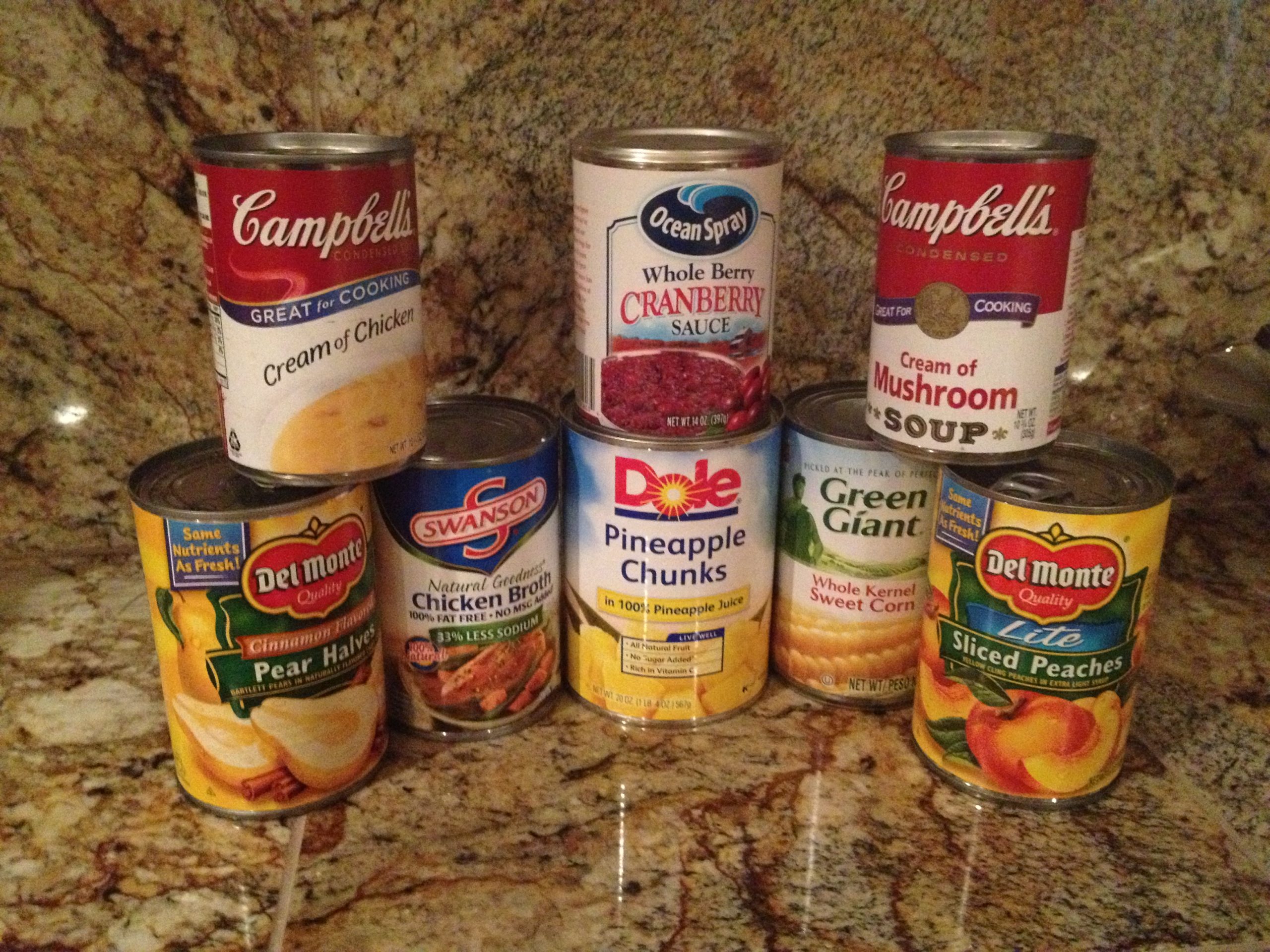Tis the season! No, not that season. Canning season! The season where families like mine harvest their garden goodness, plop it into little jars, and process it in one of my pressure canners to last at least through the winter. If we’ve had a really great harvest we might even get lucky enough to can up enough of summer to last a couple of years.
Often people hear the word ‘canning’ and run for the hills. I promise it’s not that hard, and it is very safe as long as you follow a few simple directions.
The Pressure Canner.
This is the type of canner you might be the most familiar with. This is actually an All American Canner. You can find cheaper varieties, but after years of canning we finally traded up to this baby and I wish now I would have done so much sooner. The All American has no need for the rubber gaskets that other pressure canners require. It also comes in a size that allows you to process 14 quarts at a time. It’s built to last too. I’ll be passing this sweet thang down to my kids when I cross over to the great canning season in the sky.
Modern pressure canners are lightweight, thin-walled aluminum or stainless steel kettles. Most have twist-on lids fitted with gaskets. They also have either a dial gauge for indicating the pressure or a weighted gauge (which both regulates the pressure and indicates…..that’s the ‘rattling noise you’ll hear). Pressure canners can usually handle either one layer of quart or smaller size jars, or deep enough for two layers of pint or smaller size jars.
Foods that REQUIRE a pressure canner:
- vegetables
- low acidic fruits
- meat
These items need a pressure canner rather than a water bath canner because ordinary water bath canners can only reach 212 F and can not to kill the types of bacteria that will grow in low acid foods. This temperature can be reached only by creating steam under pressure as achieved in quality pressure canners.
A few thoughts on canning dairy. I know a lot of people who are now ‘canning’ butter. The professionals at my canning extension suggest that home canning butter is not a safe idea. There may be a ton of people who have canned their own butter and lived to tell the tale. I choose not to put my family at risk. The fat found in butter can actually protect C. botulinum and toxin formation even if the butter has been pressure canned. I may be a wuss, but I’m a wus that won’t end up in the emergency room.
Here are a couple of the best websites for canners-
National Center for Home Preservation: This website gets into the nitty-gritty of canning including safety requirements.
Food in Jars: I dare you to spend time on this site and not want to start up your own canning engines. From book reviews to their Canning 101 posts, this site is pure canning crack. Go ye now and dream. You can come back and thank me later.
Now there may be those of you wishing I had written this post much earlier in the season…..like when your area hadn’t already been blasted by the first frost of the season. The idea that canning isonly a summer/fall activity is no longer true. Do you participate in Zaycon Foods? You could spend a day or two pressure canning hamburger or chicken!
Are you an experienced canner? A beginner? What do you can the most of?



 Creating An Emergency Preparedness Blueprint
Creating An Emergency Preparedness Blueprint »
»
Leave a Reply